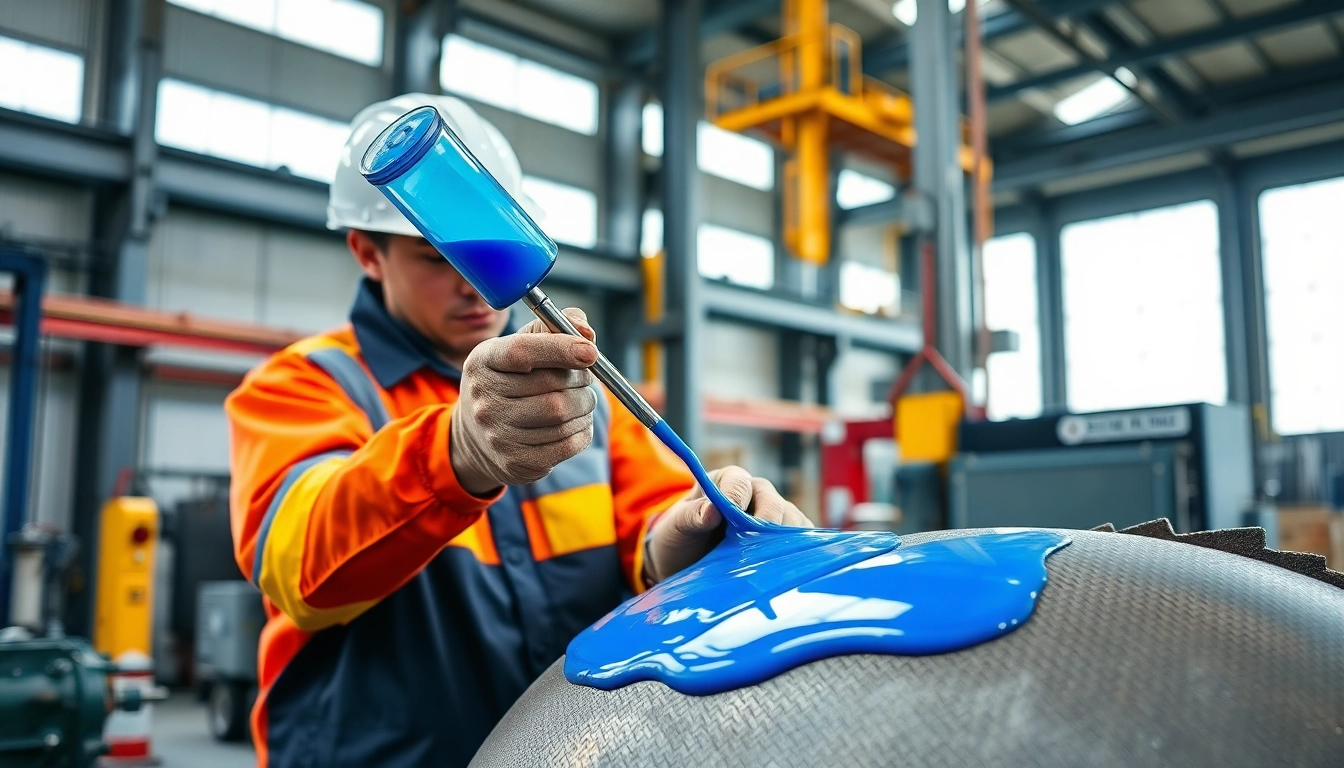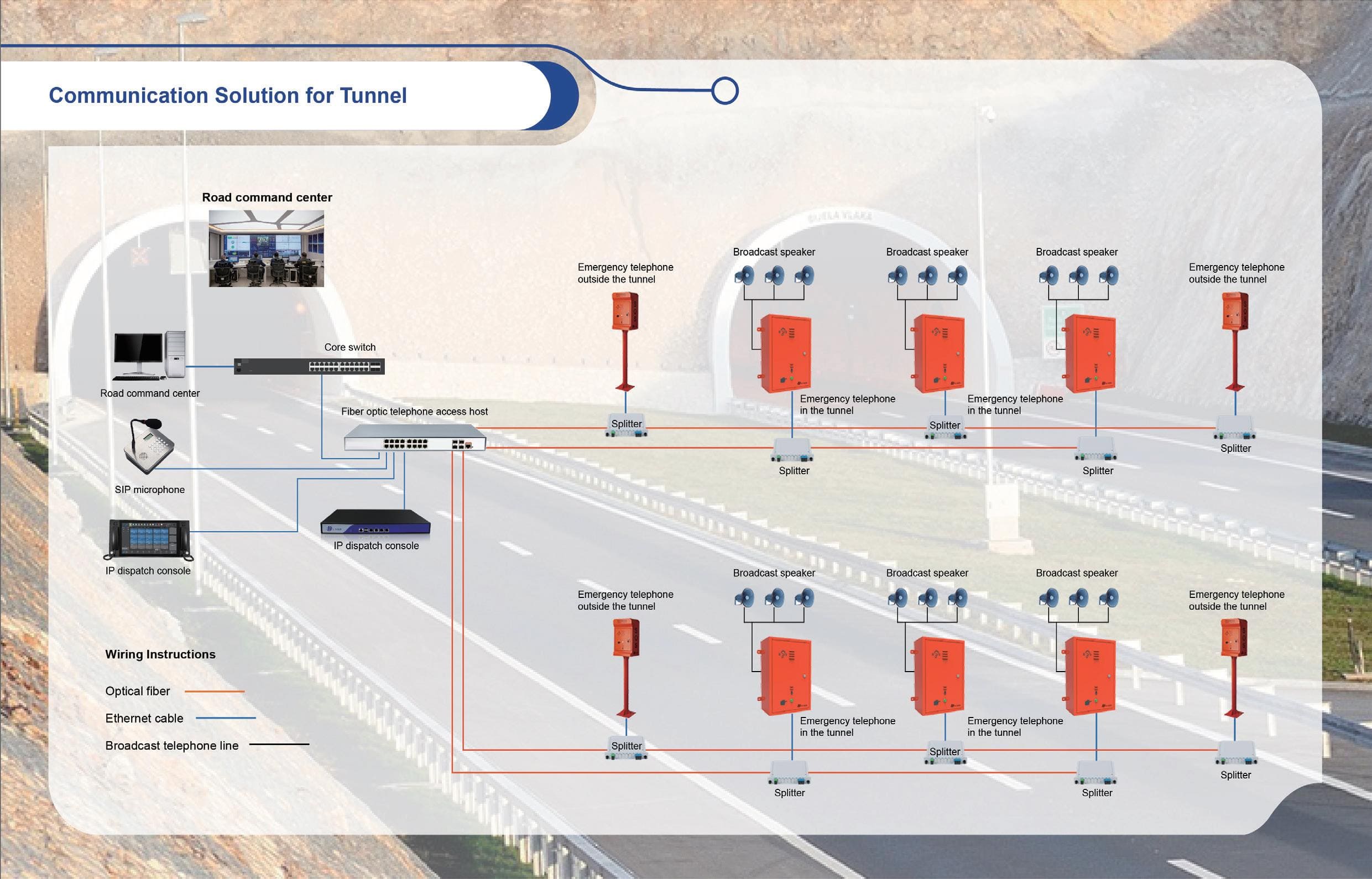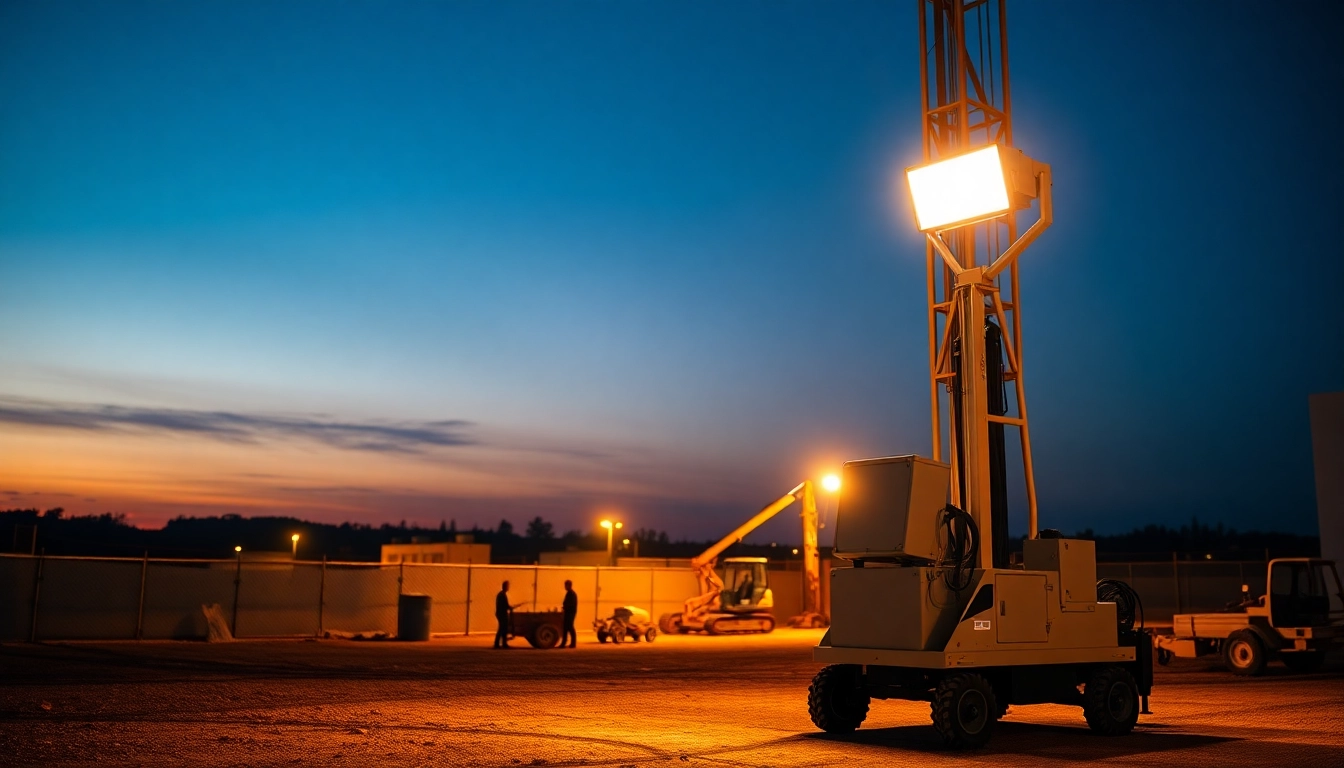Understanding Whangarei Scaffolding Needs
Scaffolding plays a crucial role in ensuring the safety and efficiency of construction projects in Whangarei. As urbanization continues to expand in the region, understanding the specific scaffolding needs becomes essential for contractors, builders, and homeowners alike. This comprehensive guide will delve into the types of scaffolding available, their benefits, and how they can be effectively applied in various construction contexts. To start, you can explore Whangarei scaffolding solutions for all projects, whether residential or commercial.
Overview of Scaffolding Types
Scaffolding comes in various forms, each designed to meet different construction demands:
- System Scaffolding: Prefabricated and modular, this type allows for quick assembly and disassembly.
- Tube and Clamp Scaffolding: Flexible and adjustable, this type is ideal for projects requiring customization in height and width.
- Frame Scaffolding: Composed of panels and frames, this is often used in residential buildings due to its ease of use and stability.
- Suspended Scaffolding: Utilized mainly for high-rise buildings, it hangs from the roof and is often used for maintenance and cleaning purposes.
- Mobile Scaffolding: Portable scaffolding that can be moved easily around the site, ideal for small projects requiring frequent repositioning.
Key Benefits of Using Scaffolding
Utilizing scaffolding in construction processes offers multiple benefits:
- Enhances Safety: By providing a stable platform, scaffolding mitigates the risks associated with working at heights.
- Increases Efficiency: Workers can access various parts of a construction site without needing to move ladders or equipment repeatedly.
- Supports Heavy Materials: Scaffolding can handle heavy tools and materials, allowing for smoother workflows.
- Customizable Structures: Scaffolding can be tailored to suit unique building designs, ensuring that no area is unreachable.
Common Applications in Whangarei
In Whangarei, scaffolding is employed across various sectors:
- Residential Construction: Scaffolding facilitates safe access for workers during the building process.
- Commercial Projects: Large-scale projects benefit from scaffold solutions that provide durability and safety.
- Maintenance and Repair: Scaffolding is essential for ongoing maintenance work on existing structures, particularly in high-rise buildings.
Choosing the Right Scaffolding for Your Project
Selecting the ideal scaffolding for your project is vital to ensure safety and efficiency. This involves several factors that can influence both the structural integrity and the success of the project.
Factors to Consider When Selecting Scaffolding
Before deciding on a scaffolding type, consider the following:
- Project Size: Larger projects may require extensive scaffolding systems for heightened safety and greater support.
- Building Design: Architectural specifics can dictate the scaffolding style needed, ensuring that all areas are accessible.
- Weight Capacity: Assess the materials and machinery that will be used on-site to choose scaffolding that can accommodate the load.
- Budget: Different scaffolding solutions come with varied costs, so aligning your choice with your budget is essential.
Matching Scaffolding Types to Project Scale
Choosing the right scaffolding type based on the project scale is crucial:
- For large-scale commercial projects, system scaffolding offers the versatility and strength needed.
- Residential building projects can benefit from frame scaffolding due to its straightforward assembly and stability.
- For specialized projects like restoration of heritage buildings, tube and clamp scaffolding allows for intricate designs.
Safety Standards for Whangarei Scaffolding
In Whangarei, scaffolding must comply with the local safety regulations. These standards encompass:
- Regular inspections to assess the integrity and safety of scaffolding structures.
- Training for workers on the safe use of scaffolding and awareness of potential hazards.
- Mandatory compliance checks that ensure scaffolding adheres to weight limits and design specifications.
Whangarei Scaffolding Installation Best Practices
The installation of scaffolding must be conducted with precision to ensure safety and functionality. Understanding the proper steps involved can help prevent accidents.
Steps for Safe Scaffolding Setup
Follow these steps to ensure safe scaffolding installation:
- Survey the site for any potential hazards such as electrical lines or unstable ground.
- Assemble scaffolding according to the manufacturer’s instructions, ensuring components are compatible.
- Securing scaffolding with proper braces and supports is essential to maintain stability.
- Establish a designated area around the scaffolding to keep pedestrians and other workers safe.
Common Mistakes to Avoid
Avoiding these common pitfalls can enhance safety:
- Inadequate inspections before use can lead to structural failures.
- Overloading scaffolding with materials can compromise its safety.
- Neglecting to provide adequate training for workers on how to safely use scaffolding.
Preparing the Worksite for Scaffolding
Proper worksite preparation is paramount:
- Clear the area of debris and obstacles to allow for safe movement around the scaffolding.
- Ensure there is sufficient lighting for nighttime or low-light conditions.
- Plan for adverse weather conditions by considering how heavy winds or rain could affect scaffolding stability.
Maintenance and Inspection of Scaffolding
After installation, ongoing maintenance and consistent inspections are crucial to ensure scaffolding remains safe and functional throughout the duration of a project.
Regular Maintenance Guidelines
Maintenance practices should include:
- Daily checks before work begins to ensure everything is secure and in proper working order.
- Clear any debris or hazards from the scaffolding platforms regularly.
- Address any issues immediately, such as rust on metal components or wear on wooden structures.
Performing Safety Inspections
Conducting safety inspections entails:
- Looking for signs of structural failure or instability.
- Checking that all components, such as guardrails and platforms, are intact and correctly positioned.
- Maintaining a record of inspections for accountability and regulatory compliance.
Handling Repairs and Replacements
Addressing repairs promptly can prevent accidents:
- Repair any damaged sections as soon as they are identified.
- Replace any components that no longer meet safety standards or have sustained damage beyond repair.
- Consult with professionals for significant repairs or replacements to ensure compliance with safety standards.
Choosing a Reliable Whangarei Scaffolding Provider
Selecting the right scaffolding provider is as critical as the scaffolding itself. A reputable company can significantly influence the success of your project.
Qualities of a Trustworthy Scaffolding Company
Look for the following attributes when evaluating scaffolding providers:
- Experience: A solid track record in the industry demonstrates reliability and expertise.
- Certifications: Ensure the company has all necessary certifications and licenses to operate in Whangarei.
- Customer Service: Effective communication and responsive customer support are key in selecting a provider.
Evaluating Service Offerings and Expertise
Before finalizing your choice, assess the company’s offerings:
- Do they provide a range of scaffolding types to suit various projects?
- Are they equipped to handle both residential and commercial scaffolding needs?
- What is their process for installation and safety inspections?
Customer Testimonials and Case Studies
Learning from previous clients can inform your decision:
- Look for reviews that highlight the company’s responsiveness and safety measures.
- Request case studies that demonstrate successful project outcomes.
- Evaluate feedback on post-project support, like maintenance and inspection services.












Leave a Reply